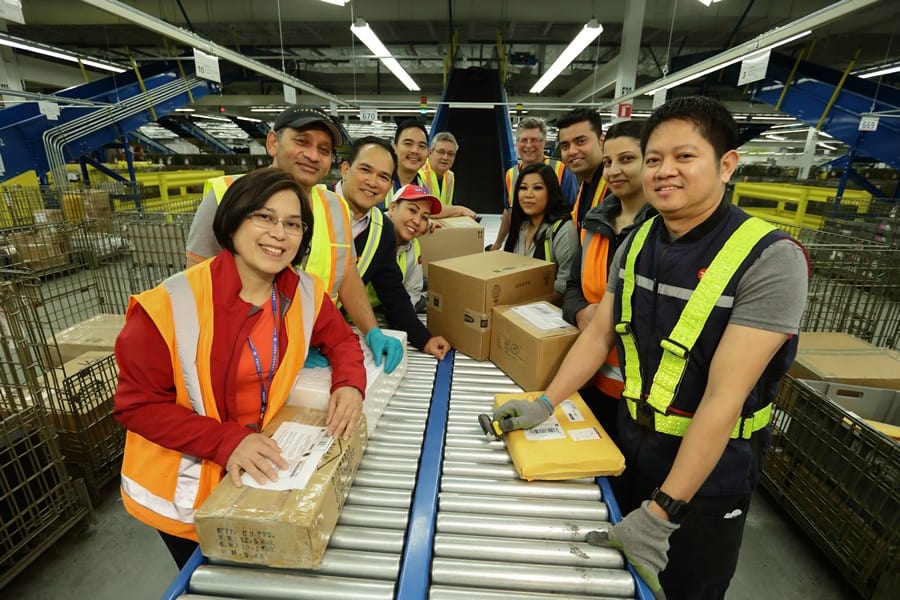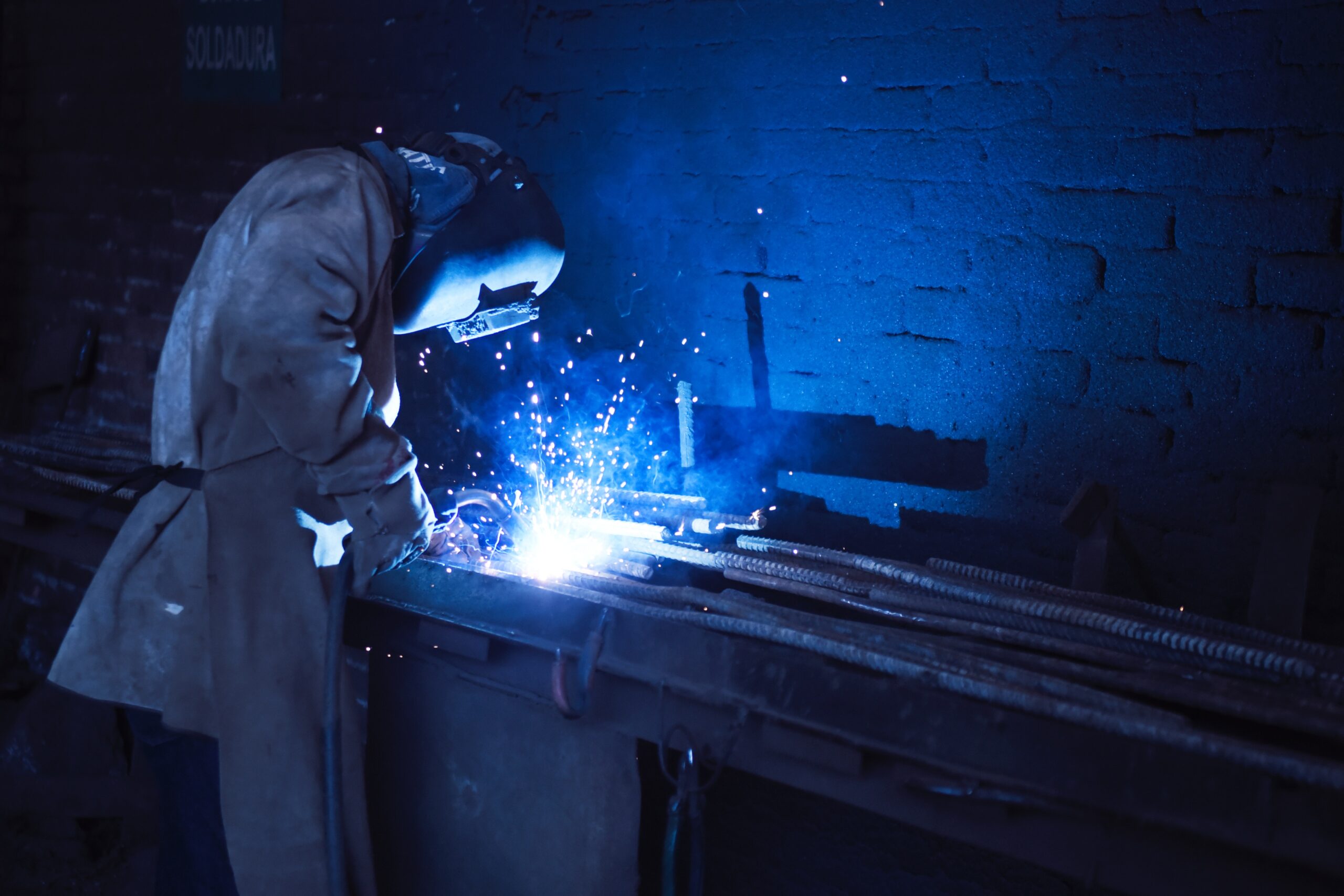The manufacturing of aerospace equipment in the European Union is a thriving high-tech industry. The EU aerospace industry provides advanced jobs for 363,900 people and generates € 29 billion.
In terms of economic weight, this translates into 0.3% of the total workforce and 1.1% of the entire manufacturing sector.
Aerospace manufacturing is the strongest and provides the most aeronautical jobs in France and the United Kingdom. The importance of the aerospace industry to the overall non-financial business economy is relatively small. A research-intensive sector, aerospace jobs in Europe are geared towards highly trained workers.
The aerospace industry is highly concentrated in the EU. The biggest contributor in the sector in the United Kingdom (11 billion euros), with a share of 39%, then France and Germany with respective shares of around 22% and 20%. Together, these three countries represent around 80% of the total EU aerospace industry, compared to an average of 55% in the manufacturing sector. This collective weight is even higher for turnover (85%) but lower for employment (72%).
The manufacturing of aerospace equipment covers aeronautical equipment, parts, and accessories used in the production of aircraft and spacecraft, the air transport of passengers or cargo, as well as military applications. It is essentially an assembly industry, with various components also produced by other industries.
Aerospace finance.
So much for aerospace jobs, but look at the financial turnover, and the situation is different. Of the 92 billion euros generated in the aerospace equipment sector, France appeared as the main contributor with 41%. This reflects the concentration of aircraft assembly activity. Airbus is based there, one of the two main world producers of civil aircraft. The sector in the United Kingdom followed with a share of 27.5%, ahead of that of Germany with 16.7%.
Nevertheless, the aerospace equipment sector in the United Kingdom provides the most international jobs in aerospace, accounting for a share of 29.2% of the total for the EU-25 (363 900). The French sector is the second employer with 22.6%, and Germany the third with 20.6%.
Apparent labor productivity in the aerospace equipment sector in the EU-25 amounts to € 79,900 in added value per person employed, well above the industry average of € 45,300.
Productivity is highest in the UK, well above the average for its manufacturing industry. Next come to Belgium, France, Germany, and Italy with values above 70,000 euros. The Netherlands and seven other Member States, which are relatively small contributors to the sector, have productivity levels below the average for their manufacturing industry.
Despite higher personnel costs, wage-adjusted labor productivity is higher than in the manufacturing sector. The UK again has the highest level of productivity. In contrast, in Poland and Portugal, aerospace manufacturing is not profitable. Although the sector in the United Kingdom has the largest share of companies (31.8% of the EU-25 total), ahead of France (17.4%) and Germany (9.3%), Germany, in fact, has the highest average size of companies (359 people employed), ahead of Italy (227) and France (210). The EU-25 average (in 2001) was 166 people per business, compared to only 16 in the manufacturing sector.
Jobs in military aerospace or jobs in civil aircraft?
If we look at the distribution of the industry in terms of the civilian and military sectors, there is a gradual shift from manufacturing primarily military aircraft to civilians. The share of the civil sector was 64% in 2003, after peaking at around 70% in 2000.
In a breakdown by the final product, civil aircraft came in first with 43.4% of turnover, before military aircraft with 25.9%. Among the minor contributions, helicopters represent 9.9% of turnover, slightly more than spacecraft and missiles with 7.7% and 7.3% respectively.
However, final products generate only 58.5% of total turnover, aircraft maintenance 22%, while engines and equipment make up the rest of Space Equipment Production.
France has the highest intermediate consumption as a percentage of production value, thus reflecting the concentration of assembly activities in this country. This also explains why the country’s share in EU turnover (41%) is almost double its share in EU added value (22%). On the other hand, in the United Kingdom, intermediate consumption represents only 51% of the value of production.
Due to the assembly nature of the sector, one would expect intermediate consumption to be higher than in manufacturing at all levels. However, this is only the case in France, with a difference of around 11 percentage points. The high added value typical of the production of spare parts reverses the situation of the other main contributors in production of Space Equipment Production.
Aerospace personnel costs
Relatively high personnel costs do not make aerospace less profitable. Average personnel costs in the manufacturing of aerospace equipment are relatively high compared to the average for the manufacturing industry. The EU-25 average is EUR 51 067, 58% higher than the manufacturing industry average of EUR 32 318. Average personnel costs in the sector are above the EU average in four of the main contributor countries as well as in Norway. Costs are highest in Germany at EUR 66,186, followed by Norway (EUR 62,592).
With the exception of Belgium, the difference between the average personnel costs in the manufacturing of aerospace equipment and in total manufacturing is the highest in the main contributing countries, ranging from a difference of almost 22,000 euros in Germany less than half that amount in Sweden (10,753 euros). However, in relative terms, average personnel costs in the Hungarian manufacturing sector represent only 53% of what they are in the manufacturing of aerospace equipment. Interestingly, in the 7 Slovak aerospace companies, these costs are on average lower.
The United Kingdom has the highest gross operating margin, at 22%, which is above the manufacturing industry average by about 10 percentage points. France, on the other hand, has a low gross operating margin of 5%, mainly due to its specific assembly activity.
Personnel costs represent 20% of the turnover of aerospace equipment manufacturing, which is 2 percentage points higher than the manufacturing average. However, this does not hamper the profitability of the sector, measured by the gross operating margin (gross operating surplus over turnover), which is 11.5% in aerospace manufacturing, or 2.7 percentage points more than in manufacturing.
Aircraft runways Germany.
Aircraft runways in Germany have shown the most stable growth in a volatile sector. In 10 years to 2004, growth in the space sector was around 50%, compared to around 19% in the industry. Even if the space sector has grown considerably in the last decade, its development has been relatively volatilein Space Equipment Production.
The most striking example was the recovery in the late nineties, characterized by six consecutive years of growth, just after a period of falling production over five consecutive years.
However, in the context of a general economic slowdown and a fall in air transport following the terrorist attacks of 11 September 2001, aerospace production fell by 10.5% in 2002, while production fell only slightly. It is now generally accepted that this decrease was the net result of decreases, in particular in the United Kingdom (19%) but also France, Italy and Spain, only partially offset by continued growth in Germany.
However, growth recovered by 5.5% in 2003 and by a further 3.7% in 2004, clearly higher than the industry average. However, Italy and the United Kingdom still felt the decline, as production in 2004 was still below the 2000 level.
Despite stability, employment in the German space industry grew by less than half the rate of production in the last decade, while the Spanish space industry prospered with employment growth of + 158% and more than its production growth of + 110%. In Belgium and the United Kingdom, on the other hand, employment fell by -30% and -2%, despite a growth in production of + 70% and + 42% respectively. Employment also fell slightly (-0.7%) in France, but by -37.8% in Italy. The production also increased in these Member States by 63% and 17% respectively.
If we look briefly at the effects on employment of the -10.5% fall in production between 2001 and 2002, employment decreased in Belgium, France, Italy, and the United Kingdom, but even increased in Germany, Spain, and Sweden.
Full-time employment in space travel.
Employees more often have a full-time job in the space sector than on average in the industry. The share of part-time work in the space sector is generally very low. In Belgium, Germany, Italy and the United Kingdom the shares vary between 0.1% and 3.3%, between 5 and 6 percentage points lower than in the industry. In Spain, where the share is 0.3%, the difference is the smallest: slightly more than 1 percentage pointless. In France, however, part-timers make up 7% of employees, which is still less than the industry average in this country (9%) with Space Equipment Production.
Employees in the British space sector work the longest, around 18% more hours than their colleagues in France, in second place. When comparing average hours worked in the space industry with production. This, of course, has something to do with national labor market policies, but the British space sector stands out because the average in the aerospace industry exceeds that of the industry by around 16%.
Although workers in the UK space sector have been working the longest, they are not the most productive. German and Belgian employees are the most productive, each with a little less than EUR 54 per hour, while employees in the UK are in third place with EUR 49 per hour. The added value per hour worked in the aerospace industry in Spain, Germany and the United Kingdom is approximately 1.5 times the average of these countries in the respective industry. In France and Italy, this sector generates around 40 more, respectively EUR 40 and EUR 42 per hour. In Belgium, the difference is only 15% and in Sweden, there is not much difference in Space Equipment Production.
Research jobs.
It is clear that it is one of the most advanced, high-tech sectors of the EU, the space sector is very research-intensive, with research budgets that are always considerably higher than the industry average. In France, 28% of sales in the value-added sector are spent on these costs (production: 7%), while in the UK and Germany this was 17 (5% and 10% production Space Equipment Production in respectively).




